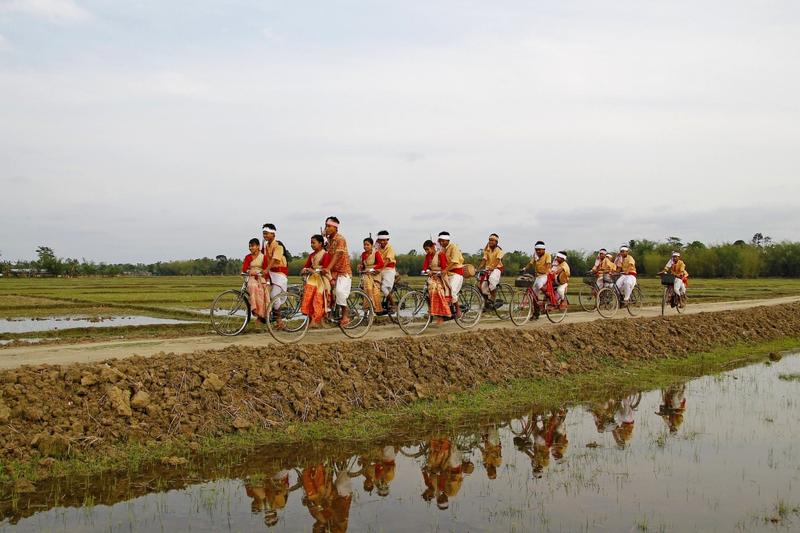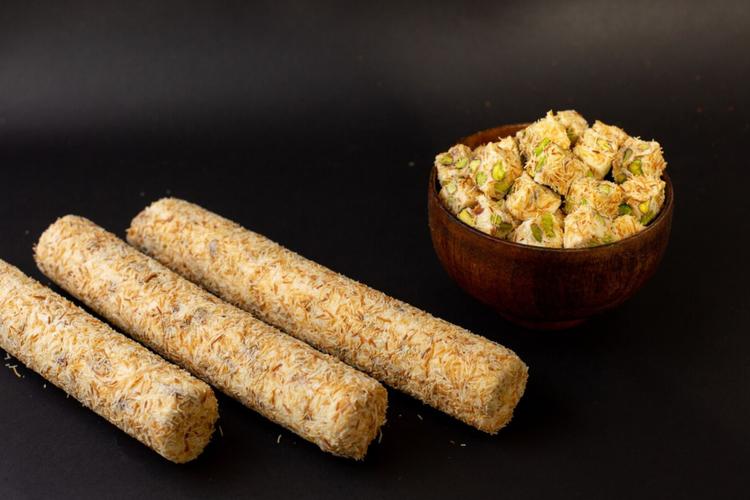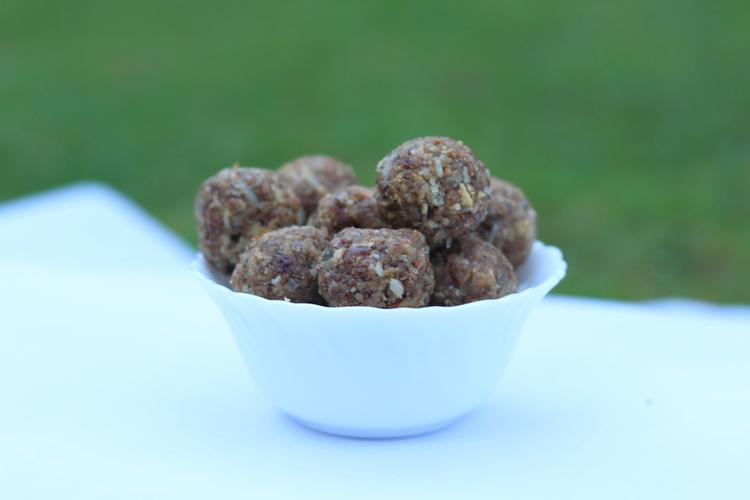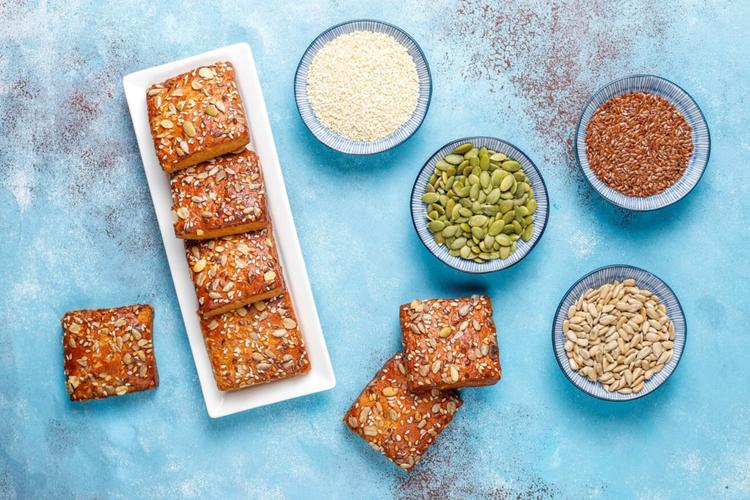Bihu is one of the three essential festivals of Assamese culture. They celebrate three Bihus throughout the year, the ‘Bohag Bihu’ observed in April, the ‘Kongali’ or ‘Kati’ Bihu celebrated in October, and ‘Bhogali’ or ‘Magh Bihu’ in January. Just like any other festival, this festival is also celebrated with much vim and vigor. The brand new farming season begins with the approach of spring, and it brings along the Assamese New Year. The festival is adorned with delicious sweet coconut Pithas, Bihu folk songs, Folk dances, and amazing Bihu gifts. Theres plenty of gift hampers and savorsome cakes that can be sent via online cake delivery in Kolkata for the festivities. All these conjure the exact image of the biggest festival of Assam, the Bihu food in the Bihu festival.
Whether it is the time of winter or spring, the Bihu festival is always linked with farming and feasting. Not only that but also it especially draws attention to the exclusive Assamese food that adorns this occasion with taste and delight. The festival cannot be complete without a feast following traditional recipes and some gifts. Sending gifts to India is one of the many ways to express love and regard. The festival and its feast are synonyms for various sweet dishes made of til (sesame seeds) and coconut.
One of the most popular Bihu delicacies is the Til Pitha. This traditional dish is made from local rice which is quite opaque in color and becomes sticky when cooked. This Pitha is made by using this local rice which is soaked in water and then dried and ground into a fine powder. The black Sesame seeds are ground coarsely and mixed with jaggery to make a fine paste. In a hot pan, the rice flour is spread evenly in a round shape and then coated with the fine paste of jaggery and sesame seeds. After getting cooked, the rice pancake can be turned or rolled into a cylindrical shape with the help of a spatula. The last step remains to enjoy the lovely Pithas. You can also send online sweets in India to express your warmest regards if you are far away from home.
Another flavourful bite-size delicacy is the Coconut Laru. The Bengalis know it by the name Naru. Even though the name of the dish is quite similar the recipe is a bit different from the other. The Assamese version of coconut laddoos has a very simple recipe and this needs minimal ingredients. Firstly, the coconut is grated and mixed with sugar, and kept aside for 30 mins. This mix is then cooked on low flame for 25 minutes. The mixture is stirred continuously so that it is cooked evenly. After 25 minutes the mixture is placed on a plate and rolled into small balls to make the laddoos. Roll the mixture into balls. Following the same process just replacing the coconut and sugar with Til and jaggery one can easily make Til laddoos as well.
This is a unique recipe that is devoid of any spices. The dish is made of chira, muri, akhoi, hurum, pitha-guri, sandoh-guri, gur, doi, komal-chaul, and milk. This does not even include salt yet it is very delicious. You can skip one or any two ingredients if you feel but the taste will not be affected. The dish is a combination of all of these that does not need any frying making it appetizing and healthy.
All the dishes presented above are traditional dishes that are very easy to make. The dishes not only require minimal effort but are very healthy too. Only some of the recipes require frying or oil in the dish. Some may consider Assamese recipes to be bland and not exciting. But the recipes are health centric creating a nutritious diet that can be great gifts for sister in India. Hence, you can try out these easy-to-make recipes and make your Bihu special and traditional. To add more sweetness to this memorable Indian festival, people can also send gifts like cakes via online cake delivery in India from the USA, UK, or other countries to their loved ones.





